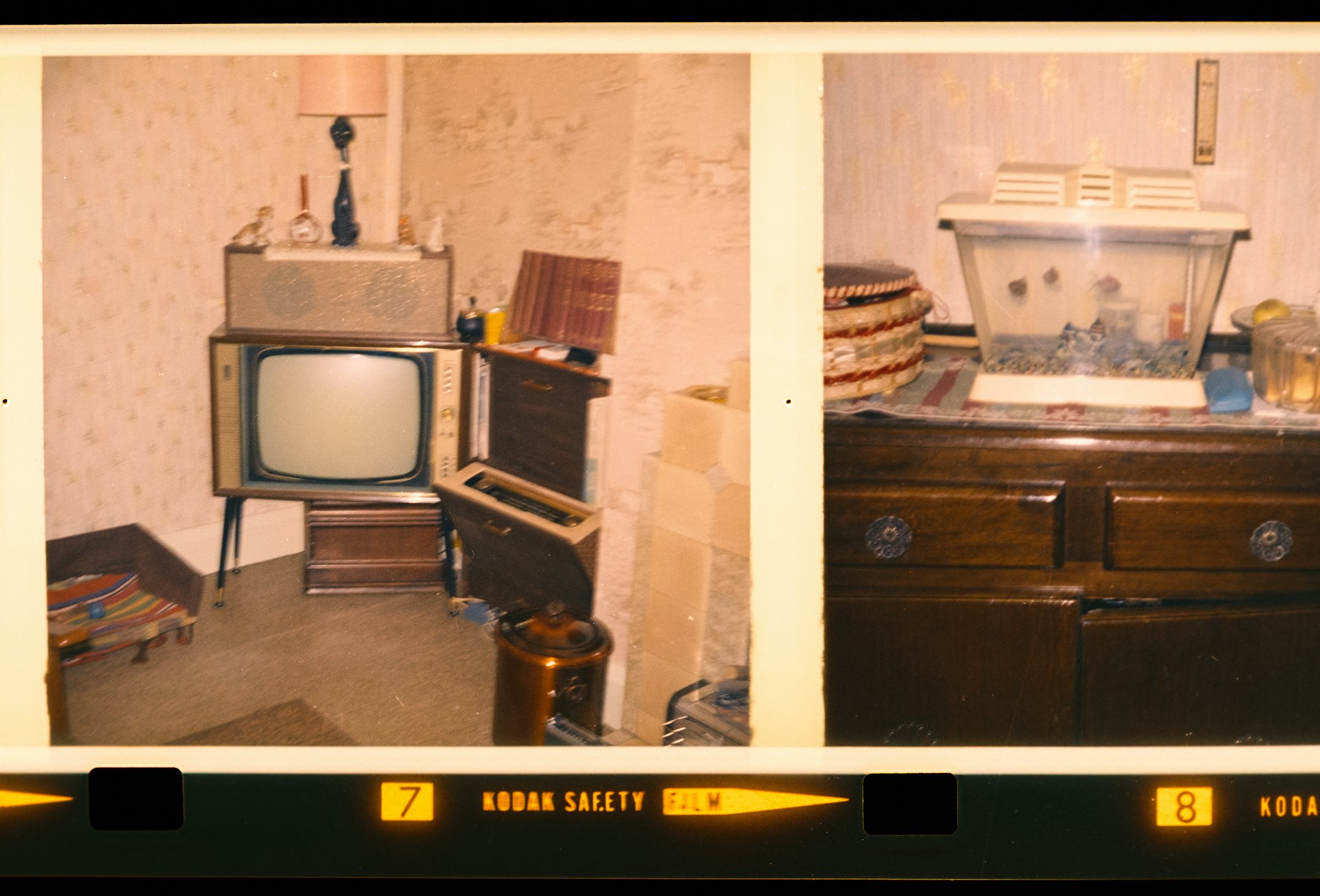How to Design a Family Entertainment Room for Unforgettable Gatherings

Photo by Damla �zkan on Unsplash
Introduction: The Heart of Family Entertainment
Creating a family entertainment room is about more than just filling a space with electronics and seating. It’s about designing an environment where everyone-kids, teens, and adults-can unwind, play, and connect. A thoughtfully planned entertainment room balances comfort, function, and fun, making your home the go-to destination for movie nights, game days, and memorable moments. This guide provides detailed, actionable steps for setting up a family entertainment room, including design choices, layout strategies, and practical tips for maximizing enjoyment and usability.
1. Planning Your Family Entertainment Room
Start by assessing your needs and space. Determine who will use the room and for what activities: Will it be a movie lounge, a game room, or a hybrid space for multiple purposes? Take measurements and note features like windows, outlets, and lighting. Defining your priorities early-such as ample seating, gaming setups, or soundproofing-helps guide all subsequent decisions [2] .
For example, a family with young children might prioritize open floor space for play and durable, easy-to-clean surfaces. In contrast, a teen-focused room could benefit from immersive audio, gaming consoles, and mood lighting. Consider future flexibility so the room can adapt as your family’s needs evolve.
2. Designing for Comfort and Versatility
Comfort is key for any entertainment space. Begin with versatile seating options that can accommodate groups of various sizes. Sectional sofas, bean bags, and modular ottomans offer flexibility and can be rearranged for different activities. For rooms used by both adults and kids, select durable upholstery and stain-resistant fabrics.
To maximize versatility, create distinct zones within the room. For example, a media viewing area with a wall-mounted TV and surround sound system can coexist with a game nook featuring a foosball or shuffleboard table. Dividing the space with bookcases, rugs, or different paint colors can help each zone serve its purpose without feeling cluttered [1] [4] .
Lighting also plays a crucial role. Install dimmable overhead lights for movie nights, and add task or accent lighting near game tables and reading corners. Layered lighting creates ambiance and lets you tailor the room to any activity.
3. Technology and Entertainment Essentials
Technology is often the centerpiece of a modern entertainment room. Begin with a high-definition television or projector, ideally wall-mounted to save space and provide optimal viewing angles. Invest in a quality sound system-soundbars or surround sound speakers greatly enhance the movie or gaming experience. For gaming enthusiasts, wall-mounted consoles and organized cable management keep things tidy and accessible [1] [3] .
Consider integrating smart home features such as universal remotes, smart lighting, or voice-controlled assistants. These can streamline your setup and make transitions between activities effortless. For families who enjoy music, dedicate a corner to instruments or install a sound system capable of streaming playlists throughout the room [2] .
If you plan to stream content or play online games, ensure your Wi-Fi is robust. Mesh networks or a wired Ethernet connection can help maintain smooth performance, especially in basement or large rooms.
4. Game Zones and Activity Areas
Family entertainment rooms often double as game rooms. Choose games and activities that match your family’s interests and available space. Classic options include pool tables, foosball, ping pong, and board game tables. For a modern twist, consider virtual reality systems or interactive video game setups.
Even small spaces can become lively with creative solutions. Wall-mounted game boards, compact shuffleboard tables, or convertible furniture can expand your options. For younger children, set up a cheerful play cave with soft rugs, colorful décor, and storage for toys [1] .
For multipurpose areas, consider built-in banquettes or convertible tables that allow for gaming, homework, or crafts, easily shifting the room’s function as needed [4] .
5. Personalization and Décor
Bring your family’s personality into the room through art, photos, and themed décor. A feature wall with a large mural-whether it’s a favorite landscape, movie scene, or family photo-can set the tone for the space. Display collectibles, sports memorabilia, or framed game boards for added flair [1] .
Experiment with bold patterns and colors on walls and floors to create a lively, inviting atmosphere. For a cozy, lodge-inspired vibe, use wood paneling, plush rugs, and rustic furniture. If you want a modern or minimalist look, stick to neutral tones and clean lines, using accent pieces to add pops of color.
Don’t overlook practical elements such as storage. Built-in shelves, cabinets, or decorative baskets help keep games, controllers, and accessories organized and accessible.

Photo by kel on Unsplash
6. Overcoming Common Challenges
Designing a family entertainment room may present challenges such as limited space, competing activity needs, or budget constraints. Here are several strategies to address these issues:
- Small Spaces: Use wall-mounted furniture and multi-purpose pieces like fold-out tables or storage ottomans. Floating shelves can display decor while saving floor space.
- Noise Control: Install area rugs, acoustic panels, or thick curtains to absorb sound and reduce noise transfer to other parts of the house.
- Budget-Friendly Updates: Prioritize essentials (like seating and lighting) first, then gradually add features such as game tables or upgraded tech. Many families find secondhand furniture or DIY projects can deliver a custom feel without a hefty price tag.
Adapting your design as your family grows or interests change ensures your entertainment room remains a well-loved gathering place.
7. Step-by-Step Setup Process
Follow these steps to create your family entertainment room:
- Assess your space: Measure the room and document features like windows and outlets.
- Define goals: List primary uses (movies, games, music) and prioritize them.
- Plan layout: Sketch a basic floor plan, allocating zones for each activity.
- Select furnishings: Choose seating, tables, and storage based on your needs and space.
- Install technology: Mount the TV, set up sound, and arrange gaming consoles with proper cable management.
- Decorate: Personalize with art, photos, and themed decor.
- Test and adjust: Try different layouts and make adjustments for comfort and function.
If you need inspiration or professional assistance, consider consulting local interior designers or searching for “family entertainment room design services” in your area. Many home improvement retailers also offer free design consultations in-store or online.
8. Alternatives and Adaptations
If your space or budget is limited, remember that a great entertainment room doesn’t require high-end finishes. Repurposing a basement, attic, or spare room can deliver impressive results with creative planning. Temporary setups, such as rolling carts for games or modular seating, offer flexibility if you can’t dedicate a full room.
For renters or those with open-concept homes, use area rugs and portable dividers to visually define the entertainment area without permanent changes. These strategies ensure you can enjoy a dedicated family space, even in less conventional settings.
Conclusion: Creating Lasting Memories at Home
Designing a family entertainment room is an investment in quality time and togetherness. Whether you build a state-of-the-art media lounge, a playful game zone, or a cozy multi-use retreat, focus on comfort, personalization, and flexibility. By following the steps above and adapting ideas to your family’s unique needs, you can craft a space that brings joy, relaxation, and connection for years to come.
References
MORE FROM hotondeals.com













